The study could pave the way for developing new treatments that target such molecular variations.
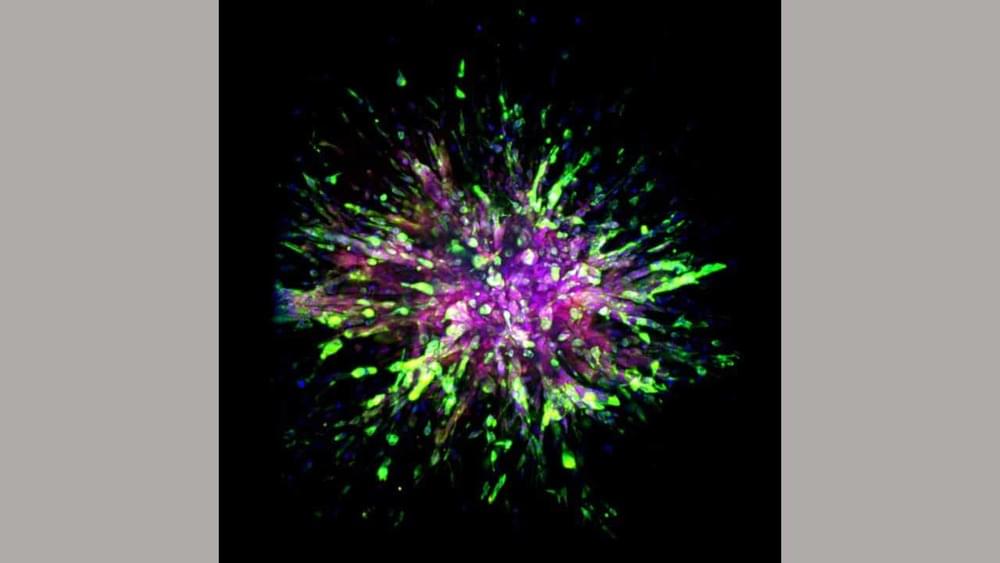

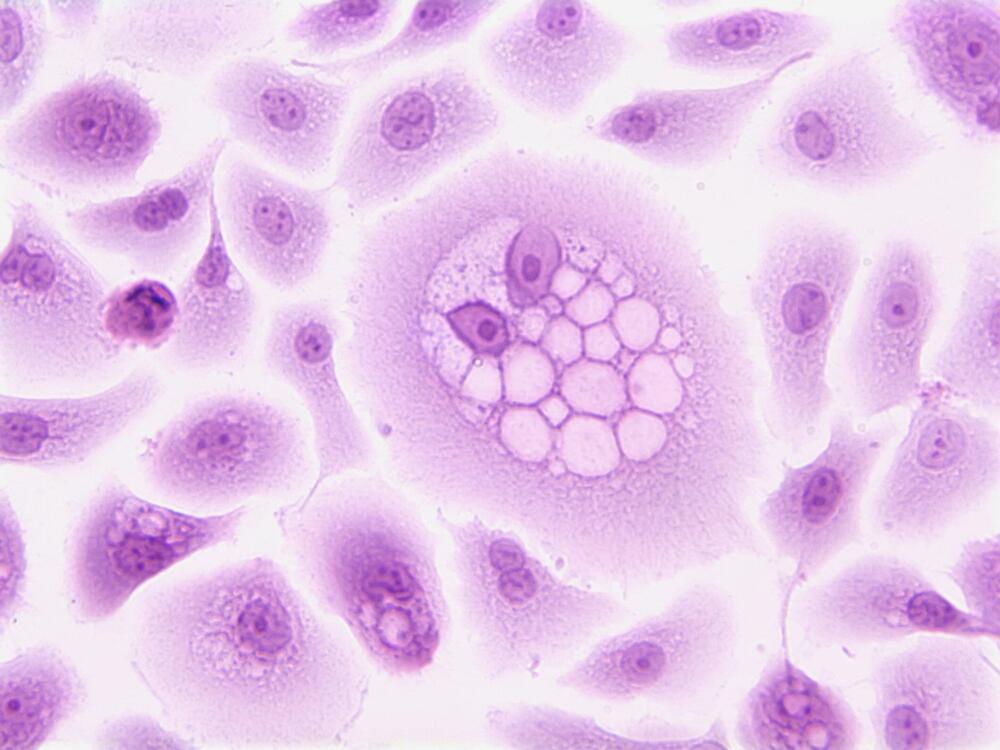
Vanderbilt researchers have developed an active machine learning approach to predict the effects of tumor variants of unknown significance, or VUS, on sensitivity to chemotherapy. VUS, mutated bits of DNA with unknown impacts on cancer risk, are constantly being identified. The growing number of rare VUS makes it imperative for scientists to analyze them and determine the kind of cancer risk they impart.
Traditional prediction methods display limited power and accuracy for rare VUS. Even machine learning, an artificial intelligence tool that leverages data to “learn” and boost performance, falls short when classifying some VUS. Recent work by the lab of Walter Chazin, Chancellor’s Chair in Medicine and professor of biochemistry and chemistry, led by co-first authors and postdoctoral fellows Alexandra Blee and Bian Li, featured an active machine learning technique.
Active machine learning relies on training an algorithm with existing data, as with machine learning, and feeding it new information between rounds of training. Chazin and his lab identified VUS for which predictions were least certain, performed biochemical experiments on those VUS and incorporated the resulting data into subsequent rounds of algorithm training. This allowed the model to continuously improve its VUS classification.
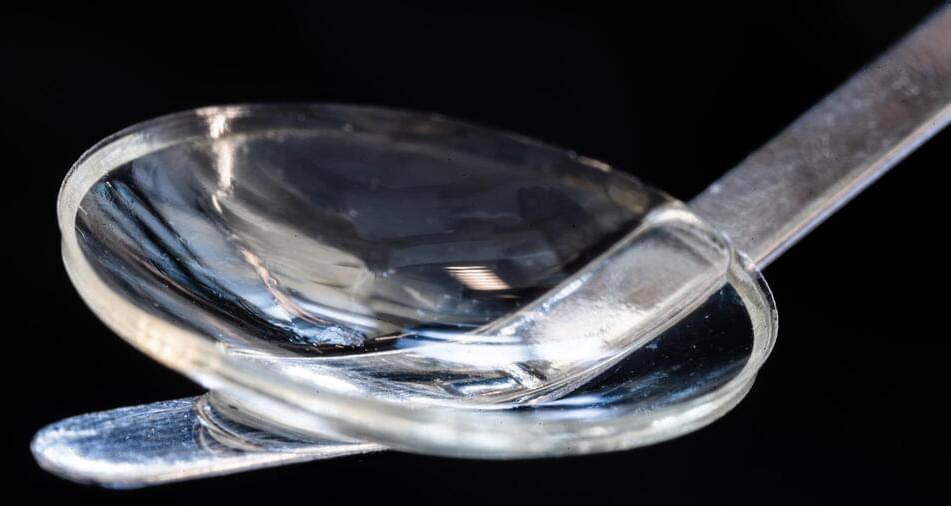
Thor Balkhed/Linköping University.
Made of collagen protein from pig’s skin, the implant resembles the human cornea and is more than a pipe dream for an estimated number of 12.7 million people around the world who are blind due to their diseased corneas. The implant is a promising alternative to the transplantation of donated human corneas, which are scarce in under-developed and developing countries, where the need for them is greatest.

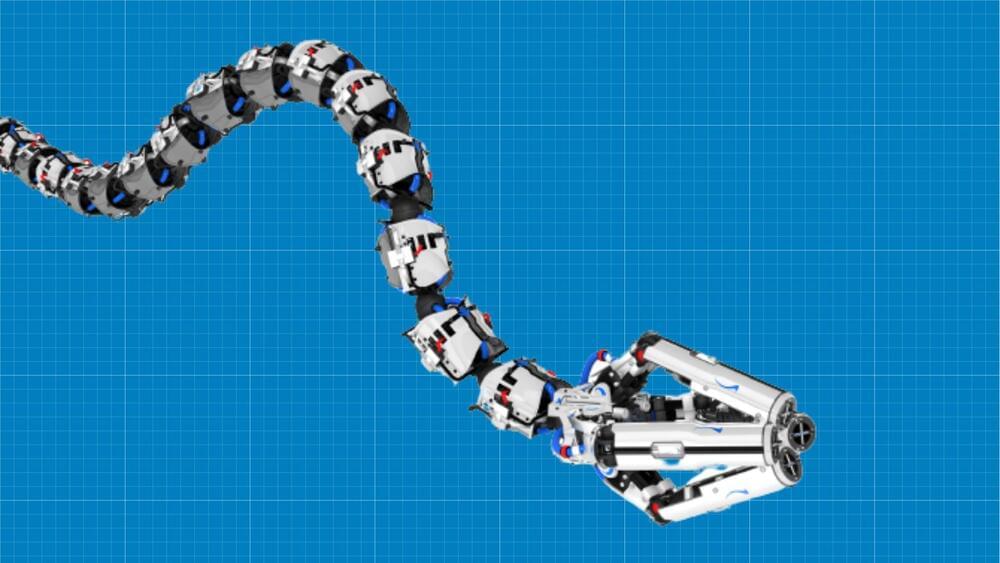
University of Toronto researchers are working on advanced snake-like robots with many useful applications.
Slender, flexible, and extensible robots
Now, a team led by Jessica Burgner-Kahrs, the director of the Continuum Robotics Lab at the University of Toronto Mississauga, is building very slender, flexible, and extensible robots that could be used by doctors to save lives, according to a press release by the institution. They do this by accessing difficult-to-reach places.



Researchers at the Wake Forest Institute for Regenerative Medicine (WFIRM), North Carolina, are investigating the power of cells with regenerative effects. These researchers were the first to identify that stem cells in human urine have the potential for tissue regenerative effects, and are now continuing their investigation.
In a new study, the researchers have focused on how telomerase activity affects the regenerative potential of stem cells in human urine and other types of stem cells. The study was recently published in the journal Frontiers in Cell and Developmental Biology.
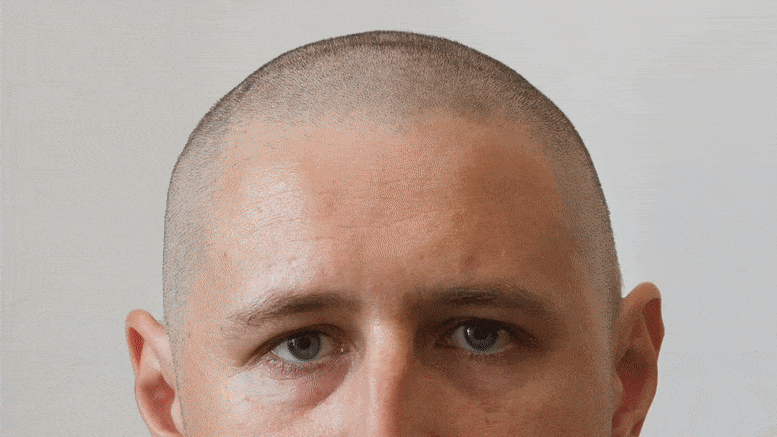
A team at the University of California, Irvine, has identified a signaling molecule that potently stimulates hair growth.
A signaling molecule known as SCUBE3, which was discovered by researchers at the University of California, Irvine, has the potential to cure androgenetic alopecia, a prevalent type of hair loss in both women and men.
The research, which was recently published in the journal Developmental Cell, uncovered the precise mechanism by which the dermal papilla cells, specialized signal-producing fibroblasts found at the bottom of each hair follicle, encourage new development. Although the critical role dermal papilla cells play in regulating hair growth is widely established, the genetic basis of the activating chemicals involved is little understood.

Could let computers work at warp speed, save energy, and even make trains fly. Scientists have used DNA to overcome a nearly insurmountable obstacle to engineering materials that will revolutionize electronics. Published in the journal Science on July 28, the work was performed by researchers at th.
A team of researchers from Nanjing University of Posts and Telecommunications and the Chinese Academy of Sciences in China and Nanyang Technological University and the Agency for Science Technology and Research in Singapore developed an artificial neuron that is able to communicate using the neurotransmitter dopamine. They published their creation and expected uses for it in the journal Nature Electronics.